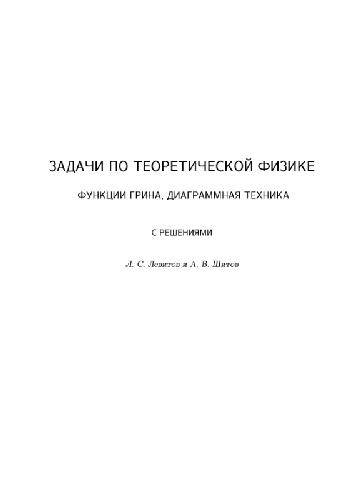- 2 402 202 книги
- Поиск
Wildlife Responses to Climate Change : North American Case Studies
Mark Van Putten, Stephen H. Schneider, Terry L. RootWildlife Responses to Climate Change is the culmination of a three-year project to research and study the impacts of global climate change on ecosystems and individual wildlife species in North America. In 1997, the National Wildlife Federation provided fellowships to eight outstanding graduate students to conduct research on global climate change, and engaged leading climate change experts Stephen H. Schneider and Terry L. Root to advise and guide the project. This book presents the results, with chapters describing groundbreaking original research by some of the brightest young scientists in America. The book presents case studies that examine:
- ways in which local and regional climate variables affect butterfly populations and habitat ranges
- how variations in ocean temperatures have affected intertidal marine species
- the potential effect of reduced snow cover on plants in the Rocky Mountains
- the potential effects of climate change on the distribution of vegetation in the United States
- how climate change may increase the susceptibility of ecosystems to invasions of non-native species
- the potential for environmental change to alter interactions between a variety of organisms in whitebark pine communities of the Greater Yellowstone Ecosystem
Each of the eight case studies provides important information about how biotic systems respond to climatic variables, and how a changing climate may affect biotic systems in the future. They also acknowledge the inherent complexities of problems likely to arise from changes in climate, and demonstrate the types of scientific questions that need to be explored in order to improve our understanding of how climate change and other human disturbances affect wildlife and ecosystems.
Wildlife Responses to Climate Change is an important addition to the body of knowledge critical to scientists, resource managers, and policymakers in understanding and shaping solutions to problems caused by climate change. It provides a useful resource for students and scientists studying the effects of climate change on wildlife and will assist resource managers and other wildlife professionals to better understand factors affecting the species they are striving to conserve.
Читать «Wildlife Responses to Climate Change : North American Case Studies»

Проектирование и строительство. Дом, квартира, сад
Автор: Петер Нойферт, Автор: Людвиг Нефф
Система упражнений по развитию способностей человека (Практическое пособие)
Автор: Петров Аркадий Наумович
Сотворение мира (3-х томник)
Автор: Петров Аркадий Наумович
Радиолюбительские схемы на ИС типа 555
Автор: Трейстер Р.
Задачи по теоретической физике. Функции грина, диаграммная техника
Автор: Левитов Л.С., Автор: Шитов А.В.






